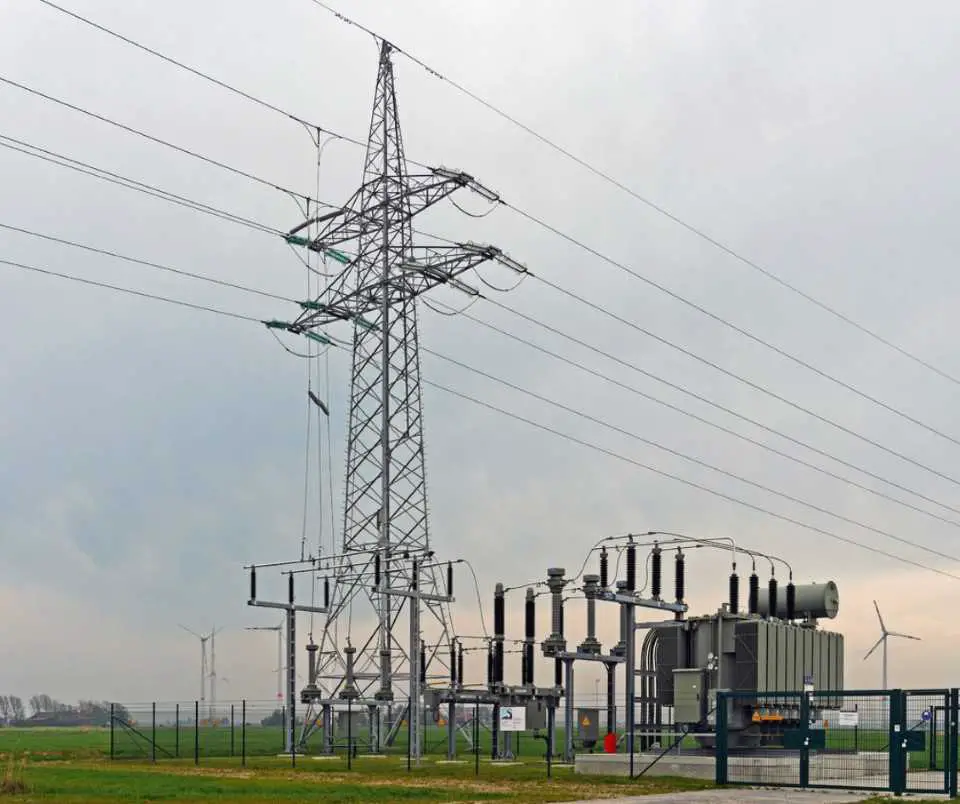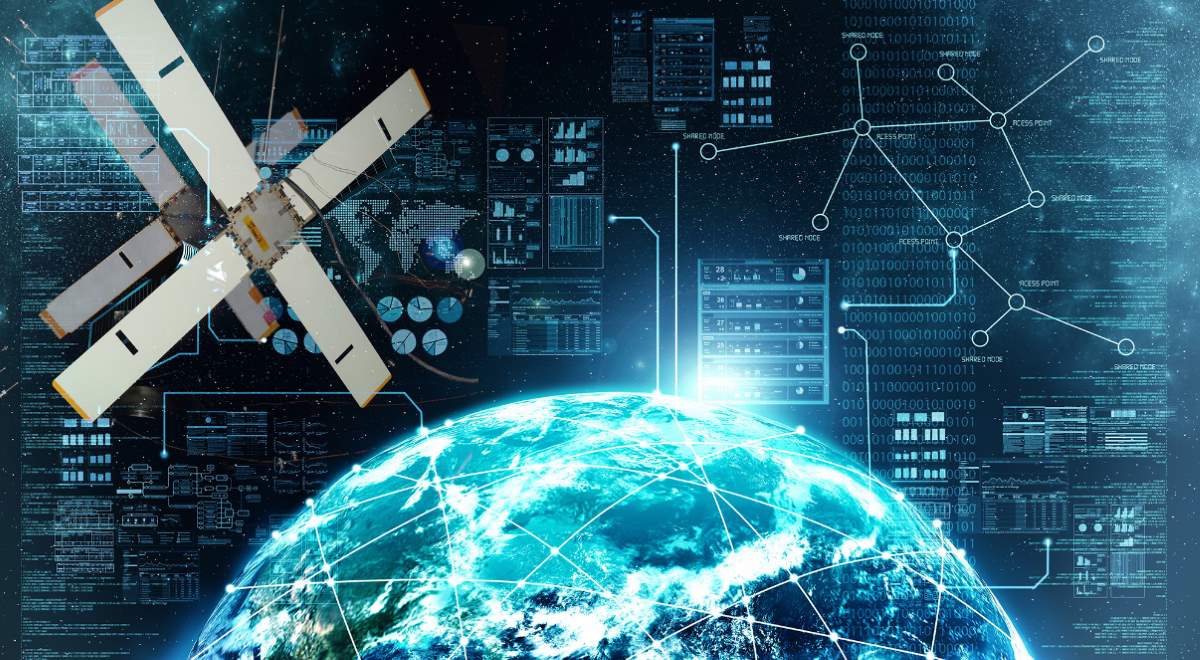We all have heard about the influence that our technology-driven world is having on our planet – from industrialization to excessive resource consumption and carbon emissions. And when it comes to saving our planet from constant climate change, there are tons of main schools of thought. Some believe that with innovative economic and technological development, we’ll find a way to protect the ecological balance and clear out our environmental messes. The people on the other end of the spectrum believe that we should let nature takes its course and integrate only environmentally sustainable practices. Also, we should instead focus on reducing our resource consumption and conserving the natural environment.
The ideal strategy may exist somewhere between these two beliefs. We don’t have to go
Here are some ways modern technologies can help save the environment:
1. Environmentally-friendly practices with Cloud Computing
Microsoft and the Global e-Sustainability Initiative recently conducted a study that found that when cloud computing technologies are widely used, the greenhouse gas emission of the computer industry will be reduced by 95%.
The majority of SMEs do not have flexible IT budgets that allow them to constantly update their systems, computer hardware,
While the shift to cloud computing has been taken by the small to medium-scale businesses that can gain the most in terms of IT savings, the study conducted indicates that when larger organizations make the shift to cloud computing, greenhouse gas emissions can reduce drastically.
2. Autonomous energy and water networks
Natural resources such as wind, solar, and other renewables are ubiquitous and carbon-free. They can be found in towns and villages and even in untouched lands, making energy available to everyone everywhere. The challenge is bringing these different sources together into a functional, coherent whole. That’s where AI comes into the picture. They are built to handle the irregularity of renewables and react to the flow and ebb – when a particular source is going online and offline or when one client is increasing the demand and the other is switching it off for the night.
When there is a complex system that involves different sources of renewables, they need to be interconnected, so it’s easier to optimize the load and do storage. This cannot happen without AI that brings these new sources together.

3. Creating predictive anti-poaching practices using IoT
Poaching is the biggest threat to survival for some endangered species like the African rhino. Over the last decade alone, poachers have been caught slaughtering over 7,000 African rhinos. Anti-poaching practices are attracting a huge boost from the use of data analytics. Many scientists and researchers are making use of predictive analytics solutions and the Internet of things to deal with poaching in innovative ways which indicates that IoT (Internet of Things) does more than just let you kickstart your Air conditioner while you are heading home. The Internet of things and data analytics together help in predicting poachers’ habits and deploying preventive measures before poachers can kill their prey.
4. Disaster Resilience and Management
When natural disasters occur suddenly, they not only need to be dealt with quickly but also put a lot of burden on the humanitarian and rescue workers. When first responders fail to prioritize and target resources, losses of life, infrastructure, and resources are multiplied. “A well-built automated system that can examine real-time data and provide real-time situation updates such as social media has the capability to improve disaster resilience and response process,” says Celine Herweijer, partner
There is an increasing demand for building new artificial intelligence techniques that process large-scale real-time crisis data to have a better picture of an emergency, detect and anticipate how a disaster could occur, examine its impact, and help in resource allocation and disaster response. Artificial Intelligence systems can enable better preparation for disasters, make communities stronger, provide quick disaster relief, limit economic impact, and help save more lives.
5. Smart weather reports and climate predictions
As our earth continues to warm with the passage of each year, the impacts of climate change are worsening. In 2016, 772 disaster and weather events were recorded, which is triple the number recorded in 1980. Due to this weather change, 20% of species suffer extinction currently, and this number could increase up to 50% by 2100. The average global temperatures are likely to increase by 3˚C even if by 2100 all countries cope up with their Paris climate change.
But a new tool is here to help us better maintain climate change impacts and save the planet – artificial intelligence. Artificial Intelligence has helped farmers produce 30% higher groundnut yields per hectare by giving information on sowing dates, fertilizers, and preparing the land in India. Artificial intelligence even helped build an autonomous and flexible electric grid, incorporating more renewable energy in Norway. And it has also assisted researchers to achieve up to 99% accuracy in detecting atmospheric rivers, weather fronts, and tropical cyclones. By implementing AI in improving weather and climate prediction, we can help keep people and infrastructure safe.
The bottom line is that we live in an era where new technologies emerge every so often. It is now possible to deal with some of the world’s biggest problems with modern technologies like AI, cloud computing,
- Tree Facts: 42 amazing things about trees - February 8, 2022
- Importance of Microbial Contamination Analysis of Fresh Produce - December 16, 2021
- 7 Reasons Why Dinosaurs Continue Fascinating Humans - December 11, 2021

One reply on “5 Ways Software Helps to Save the Planet”
Nice Post, Thank you for sharing knowledgeable content.